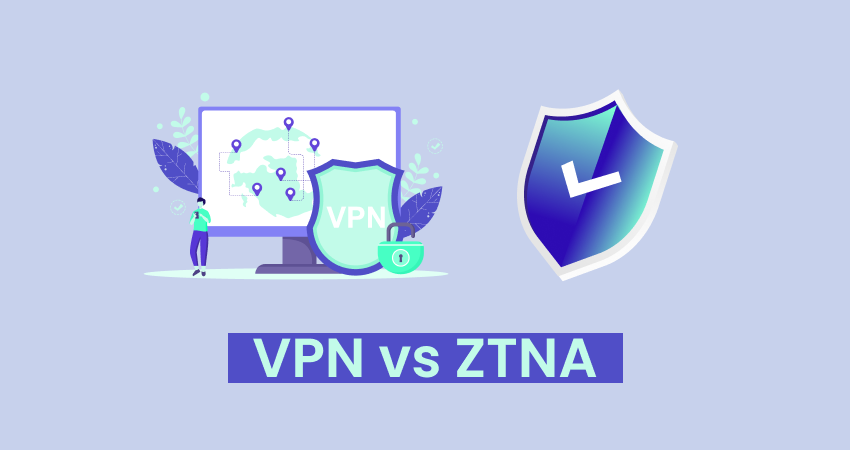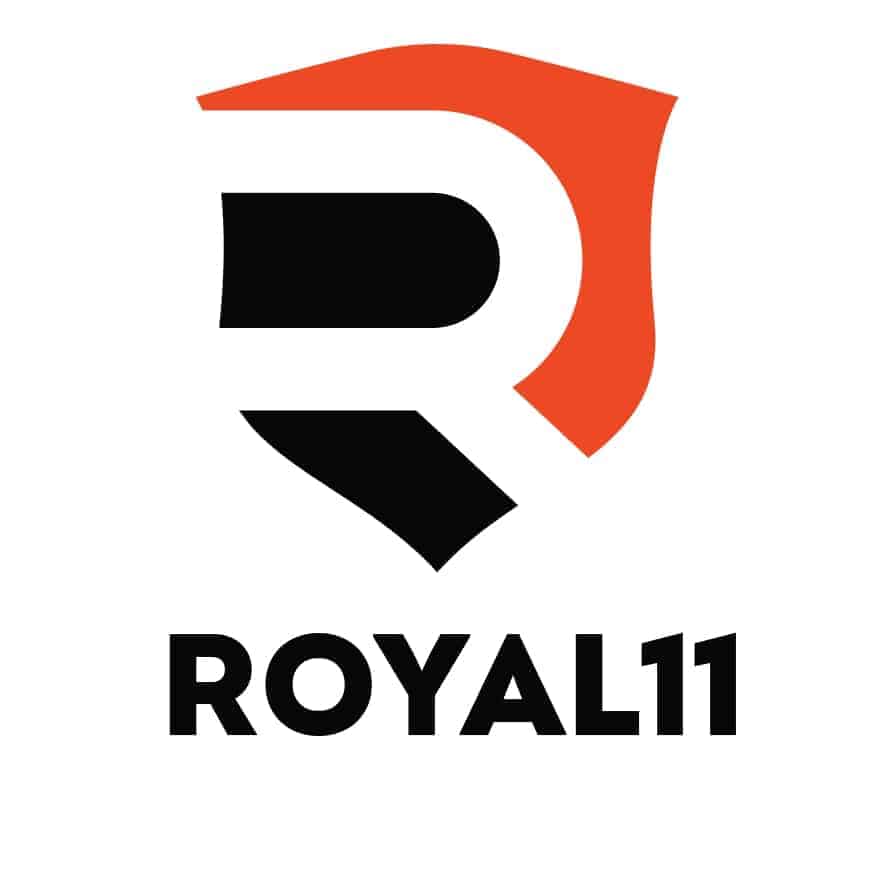Rethinking Network Security: ZTNA Vs VPN

Table of Contents Show
Introduction
In an era of increased cybersecurity threats, choosing a suitable security model is crucial for organizations of all sizes. Whether you’re considering a traditional Virtual Private Network (VPN) or looking into Zero Trust Network Access (ZTNA), understanding the nuances of each can significantly impact your organization’s security posture.
As the IT landscape continues to evolve, it becomes increasingly important to explore different security models. ZTNA and VPNs offer distinctive approaches to securing networks, yet their methods and efficiencies vary. By delving into these models, you can make informed decisions for your organization’s cybersecurity strategies and ensure your data remains protected in an ever-changing digital environment.
What is a VPN?
A VPN establishes a safe, encrypted link over an insecure network like the Internet. This technology is commonly used to ensure that sensitive data is safely transmitted, providing users with a way to maintain privacy and security online. For example, examining ZTNA compared with VPNs can help address modern security challenges. VPNs allow remote workers to access files and applications on corporate networks as if they were on the same local network, providing benefits. VPNs establish a “tunnel” for data to move from the user’s device to the destination server. This encrypted tunnel makes it challenging for malicious individuals to intercept and decrypt the data. Additionally, VPNs can mask the user’s IP address, providing anonymity and protection against tracking.
Advantages of Using a VPN
- Enhanced Security: Encrypts data to protect against cyber threats. VPNs ensure that even if data is intercepted, it remains unreadable due to the encryption.
- Remote Access: This allows employees to access the company network from anywhere. It is essential for businesses with remote or traveling employees who need to connect to internal resources securely.
- Data Privacy: VPNs help hide IP addresses, ensuring online privacy. VPNs provide additional protection against tracking and surveillance by masking the user’s IP address.
In addition to these advantages, VPNs can bypass geographic restrictions on content, allowing users to access services that may be blocked in their region. This makes VPNs popular for security and for accessing global content.
What is ZTNA?
Zero Trust Network Access (ZTNA) is a security model that assumes no one can be trusted by default, whether inside or outside the network. Instead of blanket access, ZTNA meticulously verifies every request as though it originates from an open network, implementing strict identity verification and user authorization.
ZTNA works based on the principle of “always verify, never trust.” This implies that users are given access only to the necessary resources for their duties instead of having unrestricted access to the entire network. This approach significantly reduces the risk of internal threats and lateral movement within the network.
Advantages of Using ZTNA
- Granular Access Control provides precise, role-based access to applications and data. ZTNA ensures that users have access only to the resources they need based on their roles and permissions.
- Reduced Attack Surface: ZTNA limits network access to only what is necessary, minimizing exposure. Restricting access to specific resources reduces the number of potential entry points for attackers.
- Enhanced Visibility: Offers better insight into user activity and network traffic. ZTNA solutions provide detailed logs and monitoring capabilities, making detecting and responding to suspicious activity easier.
Furthermore, ZTNA can improve an organization’s compliance posture by ensuring access controls are consistently enforced across the network. This is particularly important in industries with strict regulatory requirements, such as healthcare and finance.
ZTNA vs VPN: Key Differences
While both ZTNA and VPNs aim to secure network access, they do so in fundamentally different ways. VPNs create a secure connection to a network, while ZTNA adopts a ‘never trust, always verify’ stance. This makes ZTNA more suitable for modern, cloud-first organizations that require granular access controls and heightened security.
One of the primary differences between ZTNA and VPNs is the level of access control. VPNs typically grant broad access to the network, potentially exposing sensitive resources to unauthorized users. In contrast, ZTNA enforces strict access policies, ensuring users can only access the specific applications and data they need for their jobs.
Another key difference is how each solution handles security threats. VPNs rely on encryption to protect data in transit, but they do not inherently verify the identity of users or devices. ZTNA, on the other hand, continuously verifies and monitors users, making it more effective at detecting and responding to potential threats.
Real-world applications of ZTNA and VPN
Many companies are transitioning from VPNs to ZTNA to accommodate remote work and cloud resources better. For instance, organizations within the healthcare industry find ZTNA particularly useful due to its stringent access controls and compliance capabilities. With sensitive patient data and strict regulatory requirements, healthcare organizations must adopt robust security measures to protect against breaches and ensure compliance.
Conversely, small businesses might still rely on VPNs for their simplicity and cost-effectiveness. VPNs offer a straightforward solution for securing remote access without extensive infrastructure changes. For small businesses with limited IT resources, a VPN can provide essential security features at a lower cost.
However, as more businesses move to cloud-based services and adopt remote work policies, the demand for ZTNA solutions will likely increase. The ability to provide secure, context-aware access to cloud applications makes ZTNA an attractive option for organizations looking to enhance their security posture in a dynamic, distributed environment.
Choosing the Right Solution for Your Business
When choosing between ZTNA and VPN, the decision largely depends on your organization’s needs. If you require granular control and enhanced security, ZTNA is the way to go. However, if simplicity and ease of use are your priorities, a VPN might be sufficient.
For more details on cybersecurity solutions, consider consulting resources like TechRepublic and ZDNet to make an informed decision. These resources offer valuable insights into the benefits and challenges of each security model, helping you determine the best fit for your organization.





Responses